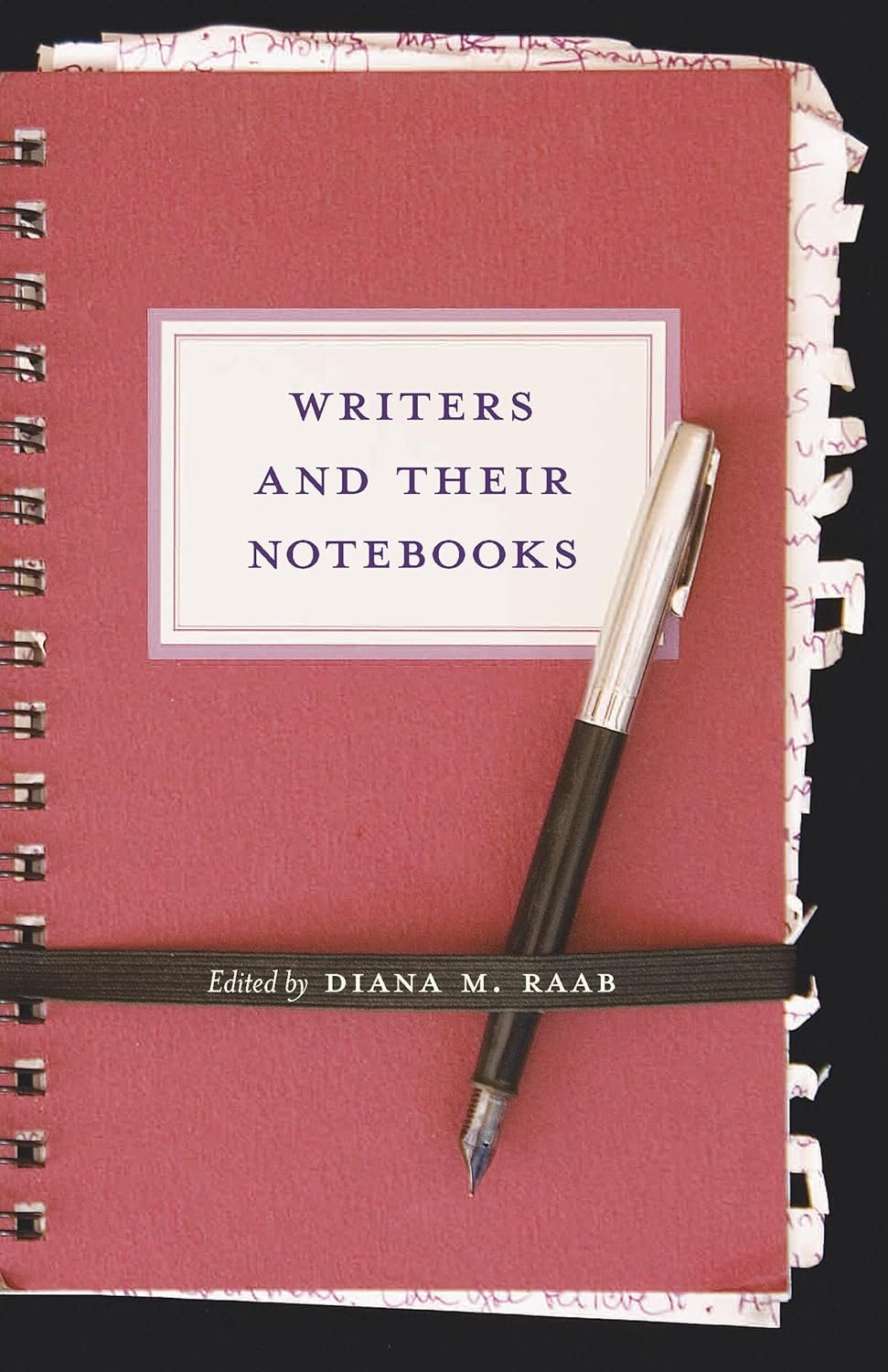
23 Sep Pages of Inspiration: Unveiling the Secrets of Writers and Their Notebooks
Finding Freedom Between the Pages: A Review of Writers and Their Notebooks
As a writer who often finds solace in the gentle dance of pen on paper, I was instantly drawn to Writers and Their Notebooks, an enchanting collection edited by Diana Raab. The very idea of peering into the minds of esteemed authors like Sue Grafton and John Dufresne—and discovering how their notebooks have shaped their creative journeys—felt like an open invitation to explore my own relationship with writing. This book isn’t just about the act of journaling; it’s a celebration of the intimate, messy, and transformative process that occurs when we carve out space for our thoughts on the page.
At its heart, this anthology delves into the myriad ways notebooks serve as both a sanctuary and a creative workshop for writers. Each essay offers a unique perspective, revealing how these blank pages have become canvases for experimentation and discovery. From Dorianne Laux’s poetic musings to Kyoko Mori’s contemplative entries, the contributors illuminate the role of the notebook in developing voice, nurturing ideas, and fostering passion. I found myself nodding along as Grafton described her notebook as “a letter to myself,” a timely reminder of the significance our personal scribbles can hold.
One of the most compelling aspects of this collection is its diverse range of voices. Each author reveals not only their methods but also personal anecdotes that resonate deeply. I was particularly struck by Robin Hemley’s reflections on the act of illogical play—how doodling or jotting down disjointed thoughts can lead to unexpected epiphanies. The inclusion of sample journal entries that evolved into larger works provides tangible proof of how nurturing our initial ideas can yield astonishing results.
Diana Raab succeeds in creating a conversational tone that feels inviting, as if you’re sharing a cup of coffee with a fellow writer, who shares their secrets about techniques that have worked for them. I found the writing style fluid, often poetic, and always genuine. The pacing flows like the entries in a notebook—as sometimes leisurely as a stroll through a park and at other times frenetic and filled with bursts of inspiration.
One review noted that this book serves as a “treasury of insights” on the usefulness of notebooks, and I couldn’t agree more. I found snippets of inspiration throughout—especially when Raab included exercises to encourage personal journaling, reminding us that creativity flourishes when we give ourselves permission to play.
Writers and Their Notebooks is a must-read for aspiring authors, seasoned scribes, or indeed, anyone who enjoys the catharsis of putting pen to paper. Whether you maintain a journal or are simply curious about the creative process, you’ll find value here. For me, it sparked not just the desire to keep writing but also to revisit my own old notebooks—those dusty companions filled with half-formed ideas and fleeting thoughts that deserve a second glance.
In closing, as I finished the last page, I felt a renewed commitment to my craft. This anthology isn’t merely a collection of essays; it’s a card in a dreamlike game of inspiration—a reminder that every writer, no matter how accomplished, finds wisdom and magic in the humble notebook. If you’re seeking a delightful exploration of creativity that pays homage to the art of journaling, look no further.
You can find Writers and Their Notebooks here >>









